Amidst escalating charges for electrical energy, a heightened vigilance and prudence towards the operation of electronic contrivances have emerged.
The query of the quantum of watts a television consumes holds significance, as economizing on your electricity expenditure can be achieved through judicious television usage and adherence to optimal viewing practices, possibly even harnessing renewable energy sources such as asolar generator.
In this discourse, we shall delve into the wattage requisites of televisions, contingent upon their dimensions and technological specifications, and ascertain whether televisions are indeed prodigious consumers of electrical power. Let us proceed to unravel the factual data.
Key Takeaways About TV Wattage
In the realm of television technology and its energy requisites, several nuanced details warrant attention. Typically, the spectrum of television models mandates an electrical appetite ranging from 50 to 200 watts.
The lion's share of contemporary televisions demands approximately 100 watts for their operation. Engaging a television for 21 hours across a week will culminate in an annual energy consumption of roughly 75 kilowatt-hours (kWh).
Many elements influence the wattage requirements of televisions, including but not limited to the type of television, its epoch, dimensions, frequency of use, and the elusive phantom power.
How Many Watts Does A TV Use?

The electrical consumption of a television hinges on its architectural form. In this discourse, we shall elucidate the various archetypes of televisions and their energy requisites.
Cathode Ray Tube (CRT) Televisions: These antiquated contraptions, cumbersome in stature, siphon up to 120 joules of power. Nonetheless, a cohort of aficionados gravitates towards CRT televisions for their unparalleled prowess in rendering gaming experiences devoid of motion blur or latency.
Plasma Displays: Comprising minuscule vesicles of gas that illuminate under the influence of elevated voltages, plasma displays boast an exquisite dynamic range and visual fidelity, guzzling approximately 500 joules of electrical power.
Liquid Crystal Display (LCD): This amalgam of visual acuity and frugality in power utilization employs cold-cathode fluorescent lamps for its luminescence, consuming between 70 to 200 joules.
Light-Emitting Diode (LED) Televisions: Though LED and LCD televisions share a technological foundation, LEDs distinguish themselves through the utilization of light-emitting diodes, offering a more thrifty power profile.
Organic Light-Emitting Diode (OLED) Televisions: The avant-garde in television technology, OLEDs, leverage organic compounds that emit light when energized, exceeding LEDs in power consumption.
How Many Watts Does A 32-Inch TV Use?
Numerous domiciles opt for a 32-inch television, favored for its economical cost, portability, diminutive form, and facile transportability. The electrical draw of televisions of identical dimensions varies contingent on the manufacturer and model.
For instance, a 32" LED television typically necessitates between 30 to 55 watts of energy, whilst a 32" OLED variant demands 55 to 60 watts. The consumption escalates for 32-inch LCD models, requiring 50 to 85 watts. Antiquated 32" CRT televisions exhibit the most substantial energy consumption, absorbing 150 to 200 watts, with an average of 170 watts.
How Many Watts Does A 55-Inch TV Use?
The 55" television, an expansive iteration surpassing its predecessors, witnesses escalating favoritism. Its energy requisites diverge based on the variant of the device. Specifically, the 55" LED variant necessitates a power draw of approximately 60 to 90 watts, while its OLED counterpart demands a consumption threshold of 105 to 110 watts.
How Many Volts & Amps Does A TV Use?
In the realm of electrical engineering, two pivotal terms frequently surface to quantify the flow and consumption of electric power within any given device: volts and amps.
Volts (V), succinctly encapsulated as voltage, serve as the metric for gauging the differential in electric potential. Analogous to the velocity at which electricity surges through a circuit, voltage epitomizes the dynamism propelling electrons from one point to another.
Amps (A), an abbreviation for amperes, delineates the rate of electric current. This parameter reflects the volume of electrons in transit through a conductor within a specified timeframe.
Consider the instance of television sets, which ordinarily draw power from sources supplying 120 volts. Should a television exhibit a consumption rate of 164 watts per hour, the ensuing amperage can be deduced through the formula:
Amps = 164W / 120V = 1.37 amps.
This calculation underscores the interplay between wattage, voltage, and amperage, illustrating the intricacies inherent in electrical consumption measurements.
What Are The Factors Affecting TV Wattage?

To determine how many watts a TV uses per hour, you'll need to consider several factors, as you've mentioned:
- Type of TV: Modern LED TVs are generally more energy-efficient than older CRT models. Energy Star-certified TVs are even more efficient, using 25% less energy than conventional models.
- TV Age: Older TVs tend to consume more power. CRT models can use up to 120 watts, while LED TVs range from 24-28 watts for smaller sizes to around 90 watts for larger sets.
- Size of TV: The size of the TV screen also affects energy consumption. Larger TVs typically use more power. For example, a 48-inch TV might consume around 80 watts, whereas a 65-inch TV could use nearly 115 watts.
- TV Usage: The more you use your TV, the more energy it will consume. It's a good practice to turn off the TV when it's not in use to lower your energy bills.
- Vampire Power: TVs often consume a small amount of power when in standby mode, referred to as "vampire power." This standby power consumption can be around 5% of the TV's usual power usage. To reduce this standby power draw, you can unplug the TV or use a power strip to cut power completely when not in use.
How to Determine The TV Power Consumption?
The data provided elucidate the intricacies of energy efficiency and power utilization inherent in contemporary television sets, particularly those boasting LED or OLED technology, often accompanied by an ENERGY STAR rating that attests to their efficiency. These televisual apparatuses typically draw approximately 150 watts of electrical power.
To ascertain the power draw of a television, one may usually discern its wattage specification inscribed on the rear panel of the device. In cases where this wattage data is not readily available, it can be ascertained by multiplying the appliance's peak voltage by its amperage.
The mathematical formula for calculating a TV's power consumption is thus articulated:
Wattage of TV × Hours of Operation = Power Expenditure
For instance, if one possesses a television with a power consumption of 150 watts, and it is utilized for three hours daily, the power consumption is determined as follows:
150 watts × 3 hours = 450 watt-hours (Wh) per diem
This computation serves to illuminate the television's energy utilization over a given time frame, a pivotal factor in the effective management of electricity consumption and associated expenses.
OUPES Solar Generators for TV
Roughly 55% of people in the United States spend between one to four hours watching television each day, while approximately 22% watch TV for more than four hours daily. Opting for a solar generator can be a smart approach to reduce the high costs associated with electricity usage.
Through the utilization of OUPES Solar Generators, individuals possess the capability to energize televisions alongside appliances of substantial power demand over extended periods.
OUPES 1200 Portable Power Station

OUPES 1200 Portable Power Station has a substantial capacity of 992Wh and 1200w output, Can power a 60W TV for 12 hours. Equipped with 10 versatile output ports, this unit can simultaneously power multiple devices, making it a perfect companion for camping trips, emergency backup, and off-grid events.
OUPES 1800 Portable Power Station

With a substantial 1488Wh capacity, the OUPES 1800 Portable Power Station is equipped with an 1800W output, ensuring smooth and stable power for even the most sensitive electronics. Designed to power 90% of household appliances, you can use high-power appliances such as TVs without any worries.
OUPES Mega 5 Home Backup & Portable Power Station

OUPES Mega 5 boasts an impressive 5040Wh capacity and 4000W Ultra Power. With 16 output ports, it can simultaneously power multiple devices, ensuring that you stay connected and powered up in any situation.
Notably, it features the fastest charging speed in its class, fully recharging in just 1.5 hours. Smart control and monitoring are available through the OUPES App, allowing for effortless management of your power supply from anywhere.
How Much Does It Cost to Power A TV?
To ascertain the electric consumption of television, one should engage in a calculation that involves the product of the annual kilowatt-hour and the cost of electricity per kilowatt, all divided by a thousand hours of utilization.
Light-emitting diodes necessitate a higher energy quota than the conventional backlit and peripherally illuminated liquid crystal display televisions. Conversely, organic light-emitting diodes display a more voracious appetite for power than the typical LED variants. The consumption rates of OLEDs and LEDs are notably double that of the erstwhile plasma screens.
The energy demand of a television is not only proportional to its dimensions but is also susceptible to variations in luminance. Elevating the luminosity incrementally incurs augmented energy expenditure and, consequently, elevated expenses. Diminishing the luminosity of the television by half does not equate to a commensurate reduction in power usage, given that other components of the television persist in drawing energy.
TV Wattage FAQs

What size of solar generator do I need to run a TV?
The exigencies of selecting an appropriate solar generator pivot on the electrical consumption, measured in watts, of a television.
Operational Tenure = Accumulator Capacity in Watt-hours × 0.85 / Wattage required by Television = 3024 Watt-hours × 0.85 / 50 Watts = 51.4 Hours.
Do TVs use a lot of electricity?
Indubitably, televisions are culprits in the substantial consumption of electrical energy, a factor influenced greatly by their dimensions and technological blueprint. To illustrate, contemporary models such as LED and LCD screens demonstrate a commendable advancement in energy conservation when juxtaposed with their predecessors, the Plasma and CRT displays.
How much electricity does a TV use when off?
A prevalent misconception harbors the belief that deactivating an appliance halts its energy consumption entirely. Contrary to this belief, extinguishing the visual display of your television via remote control merely shifts the device into a quiescent standby phase. During this latent state, the television clandestinely siphons off between 2.25 and 5 percent of the electrical current it devours whilst fully operational.
Final Thoughts
The quantum of energy consumed by a television set hinges upon its technological blueprint and dimensional expanse. In our discourse, we have elucidated various archetypes of television displays and their corresponding power requisites, aiming to furnish you with insights to approximate the energy expenditure of your television apparatus.
This knowledge empowers you to implement prudent viewing habits, thereby attenuating your electrical expenditure, and introduces the possibility of harnessing solar energy as an avant-garde energy solution.

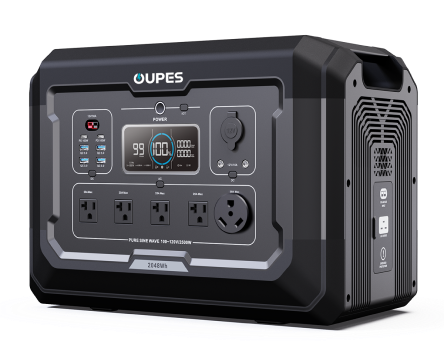
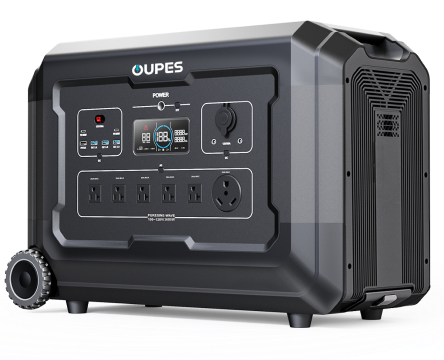
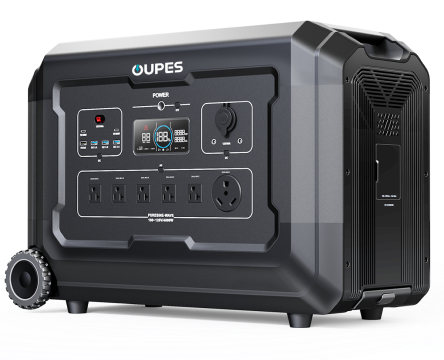
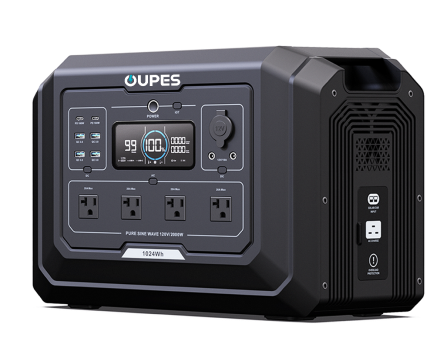
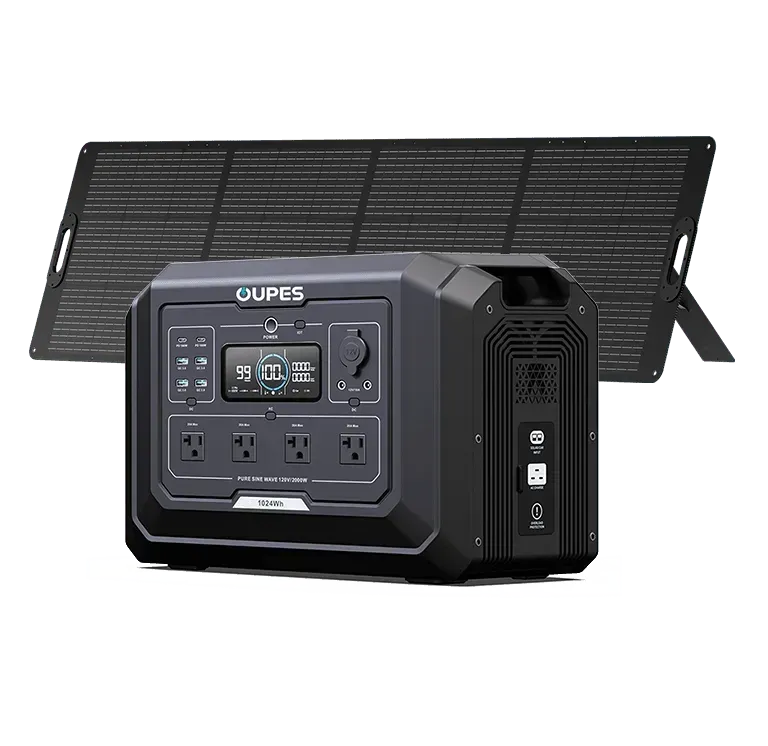
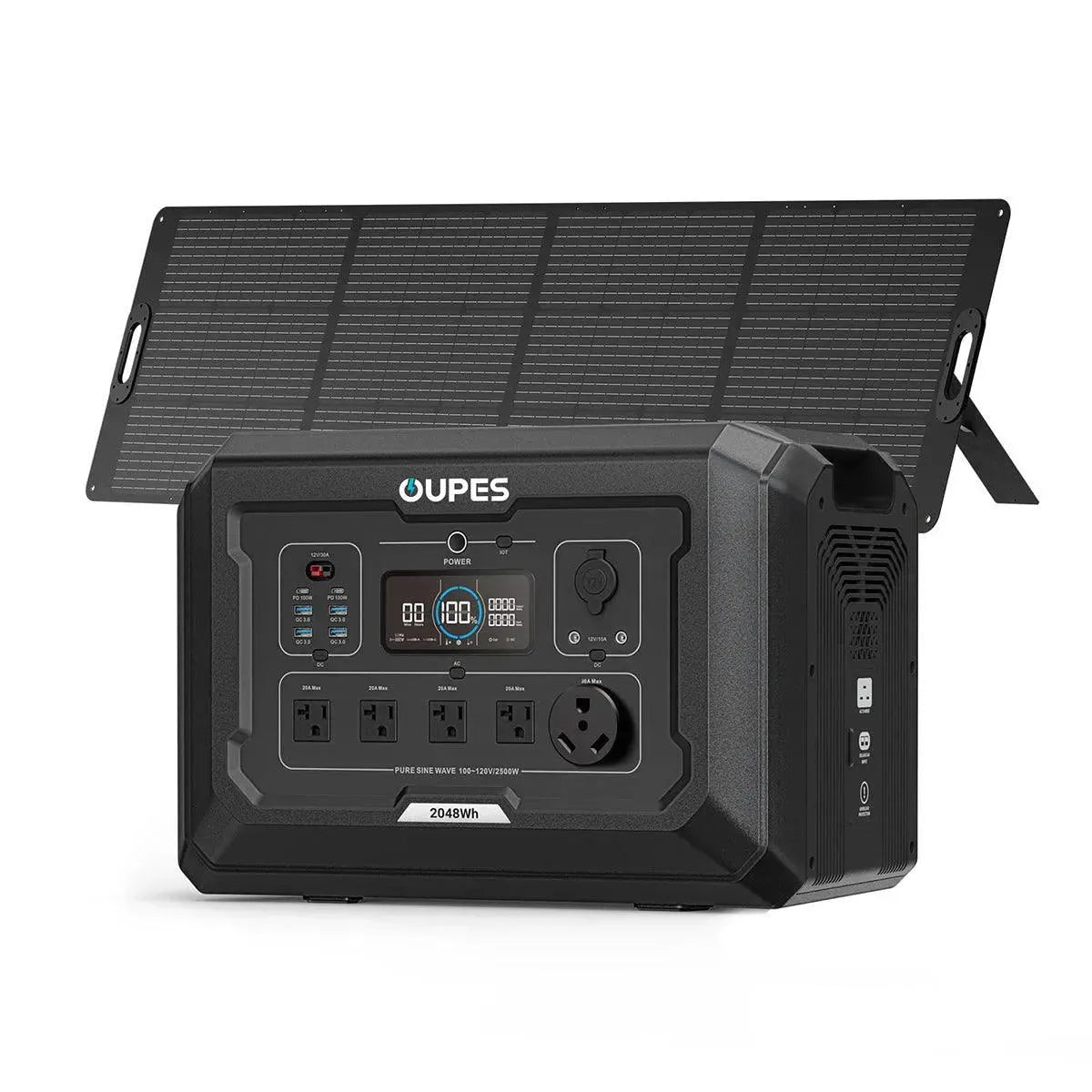
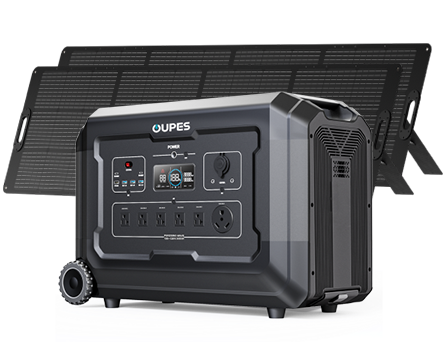
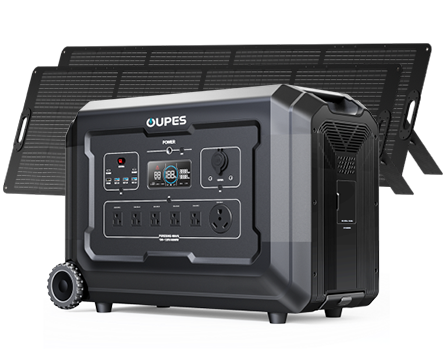
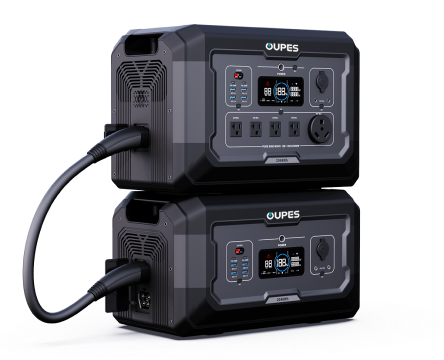
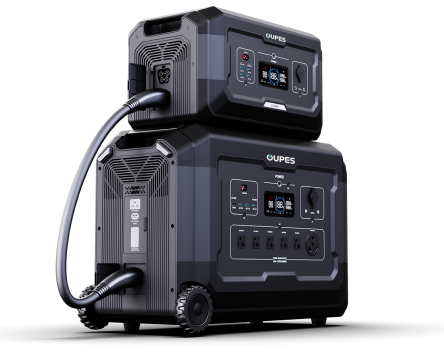
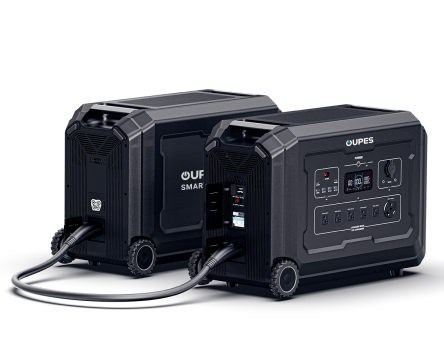
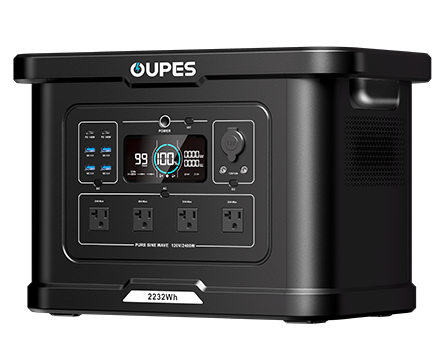
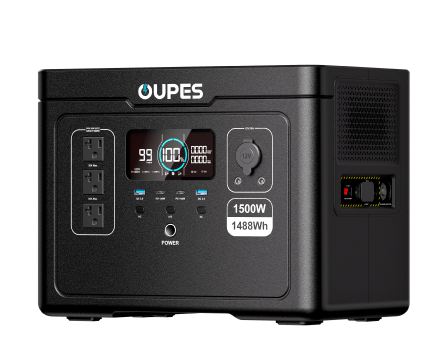
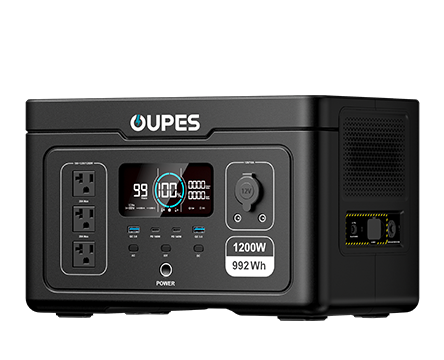
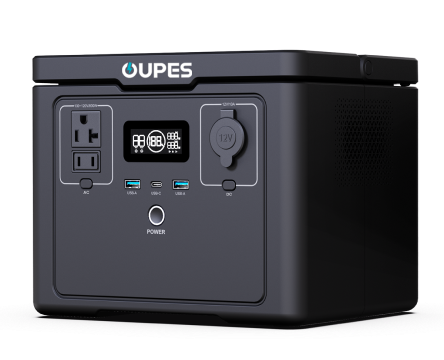
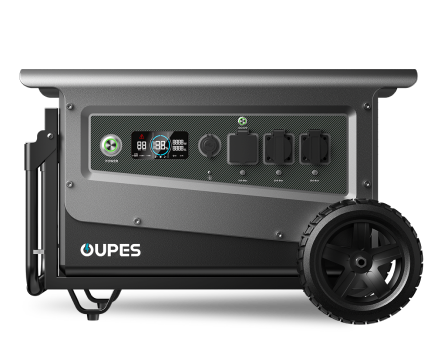
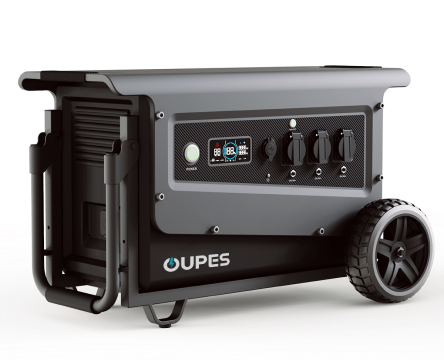
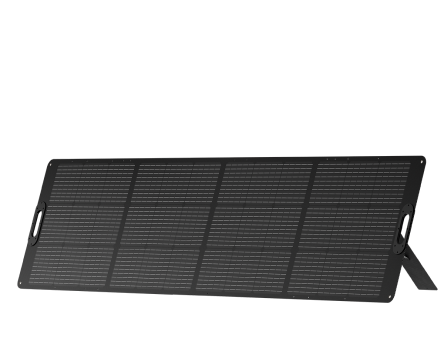
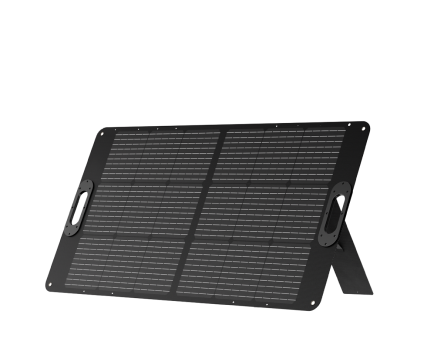
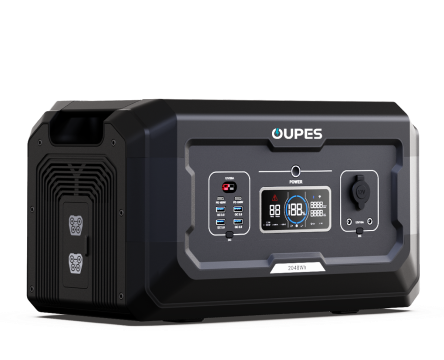
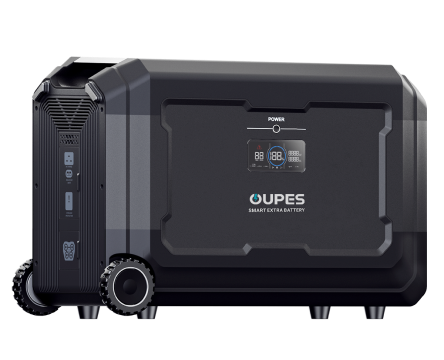
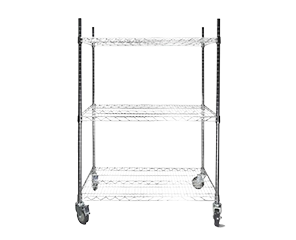
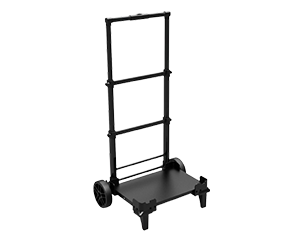
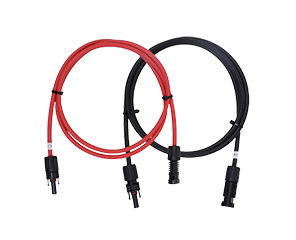
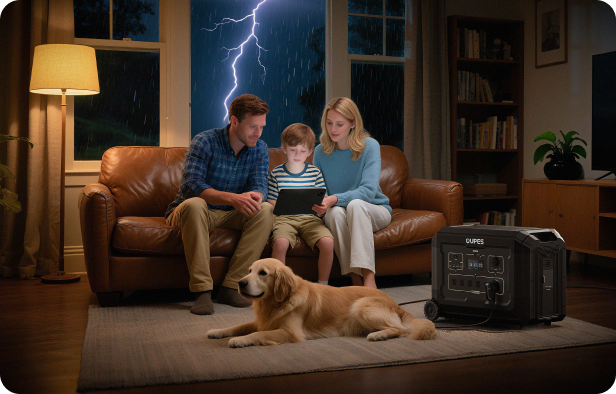





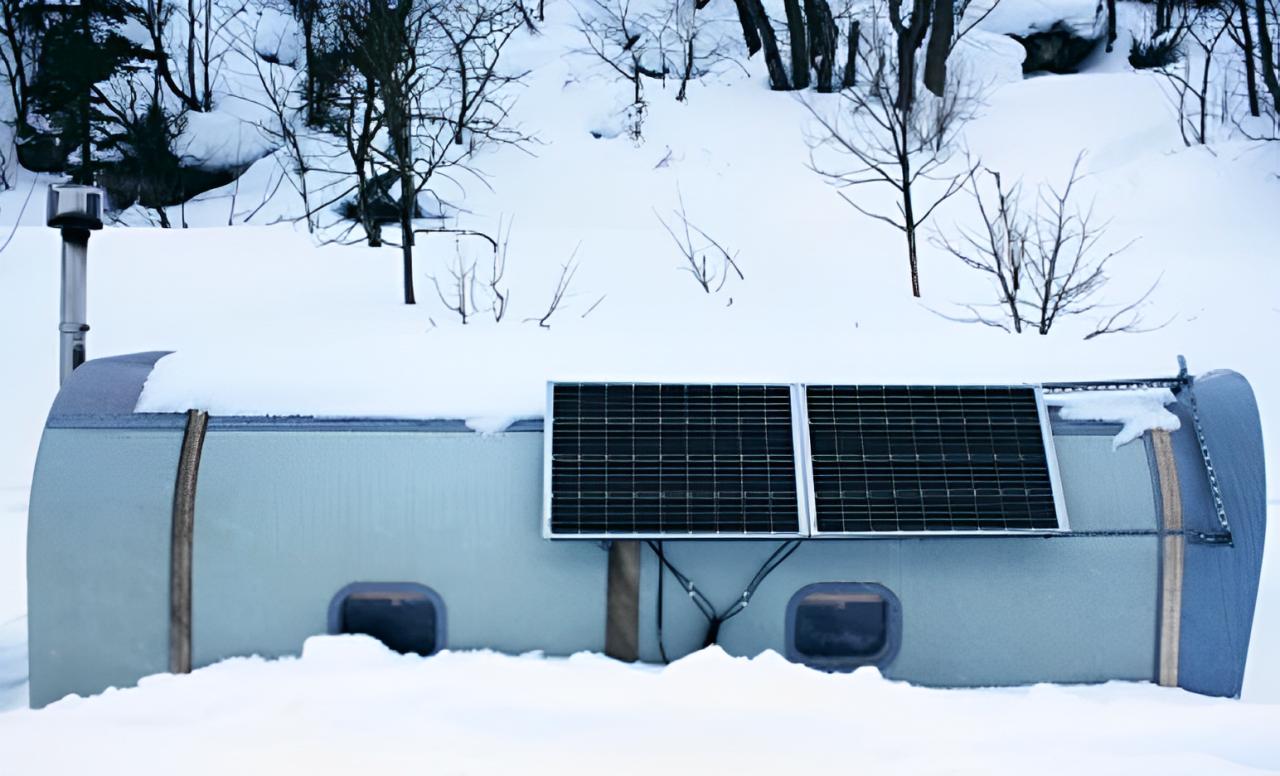
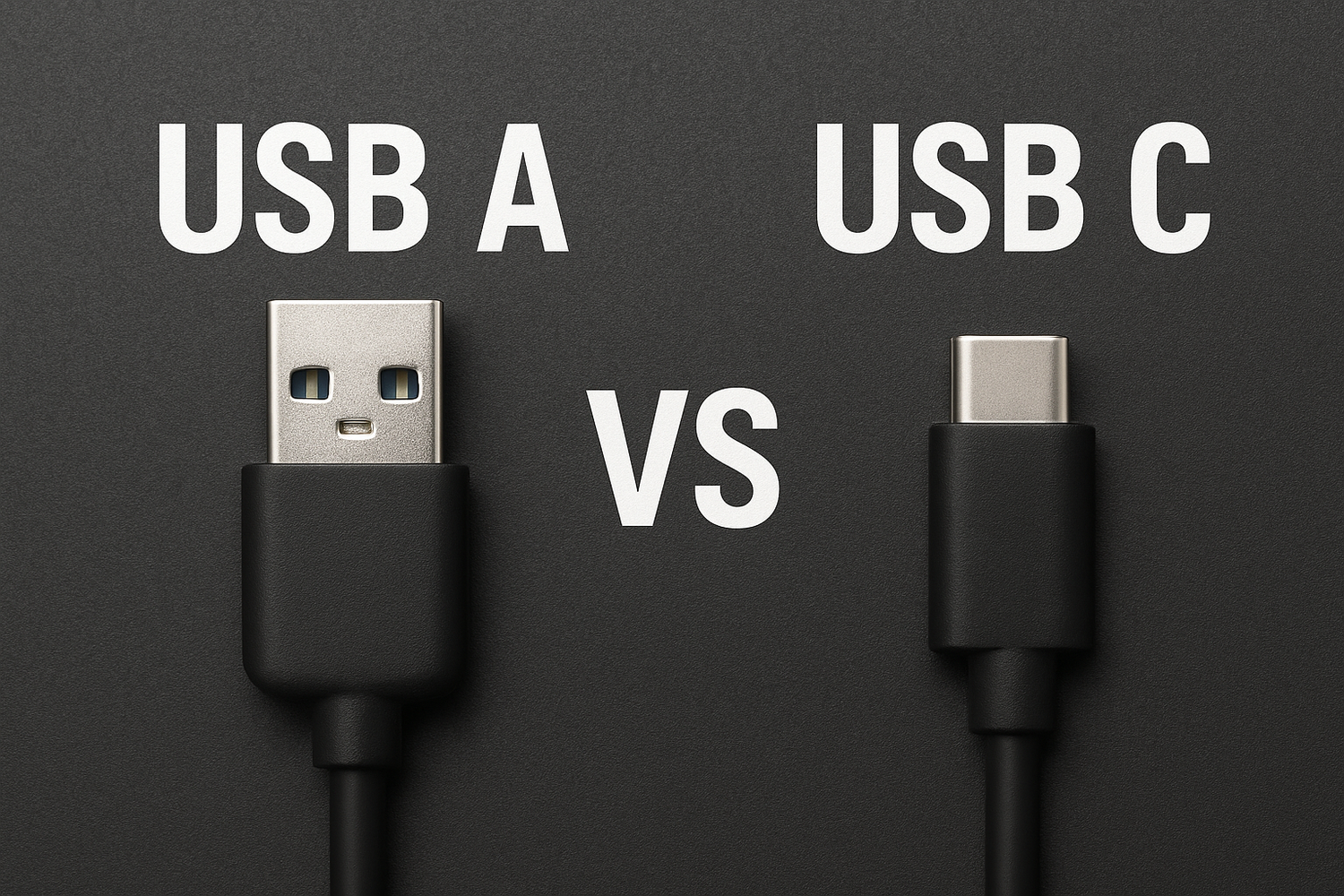
Leave a comment
This site is protected by hCaptcha and the hCaptcha Privacy Policy and Terms of Service apply.